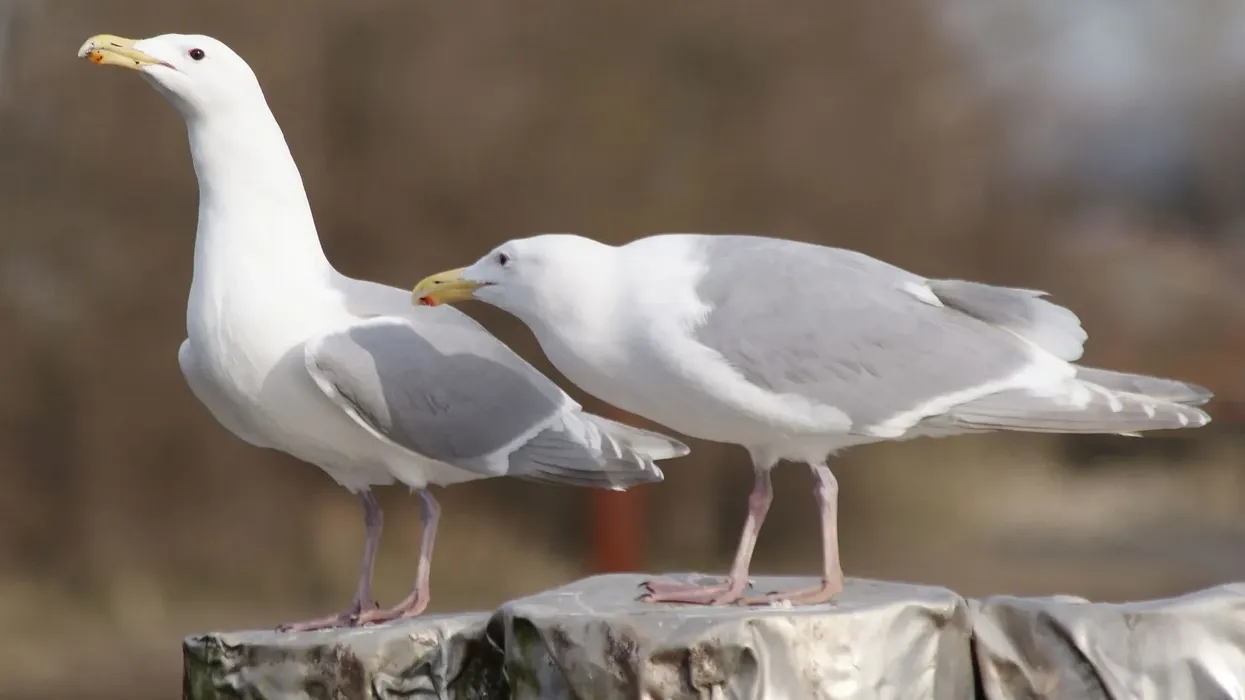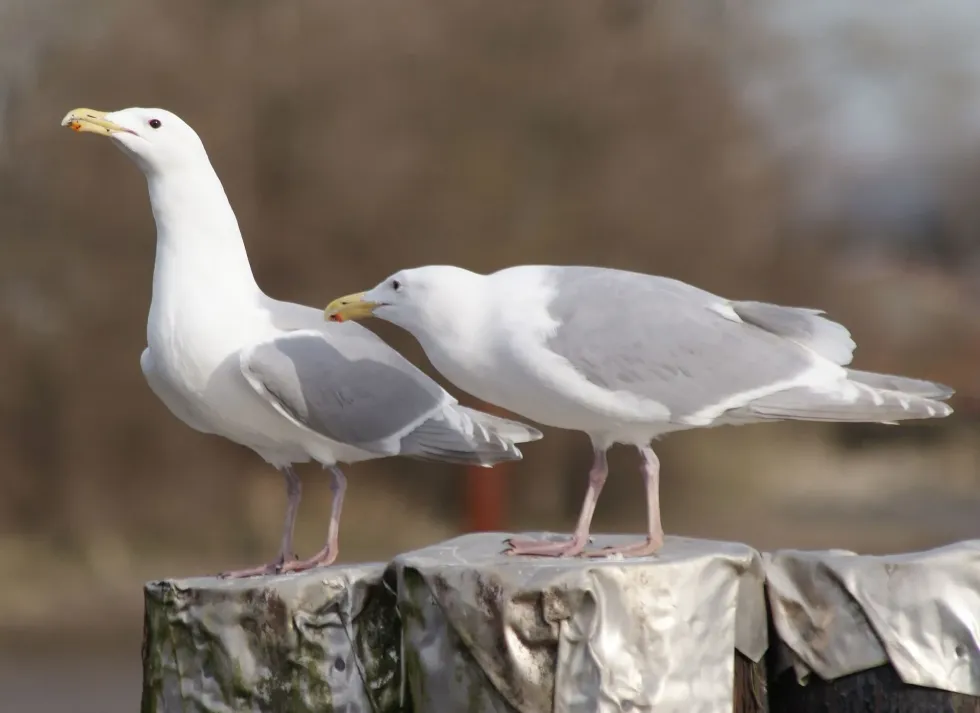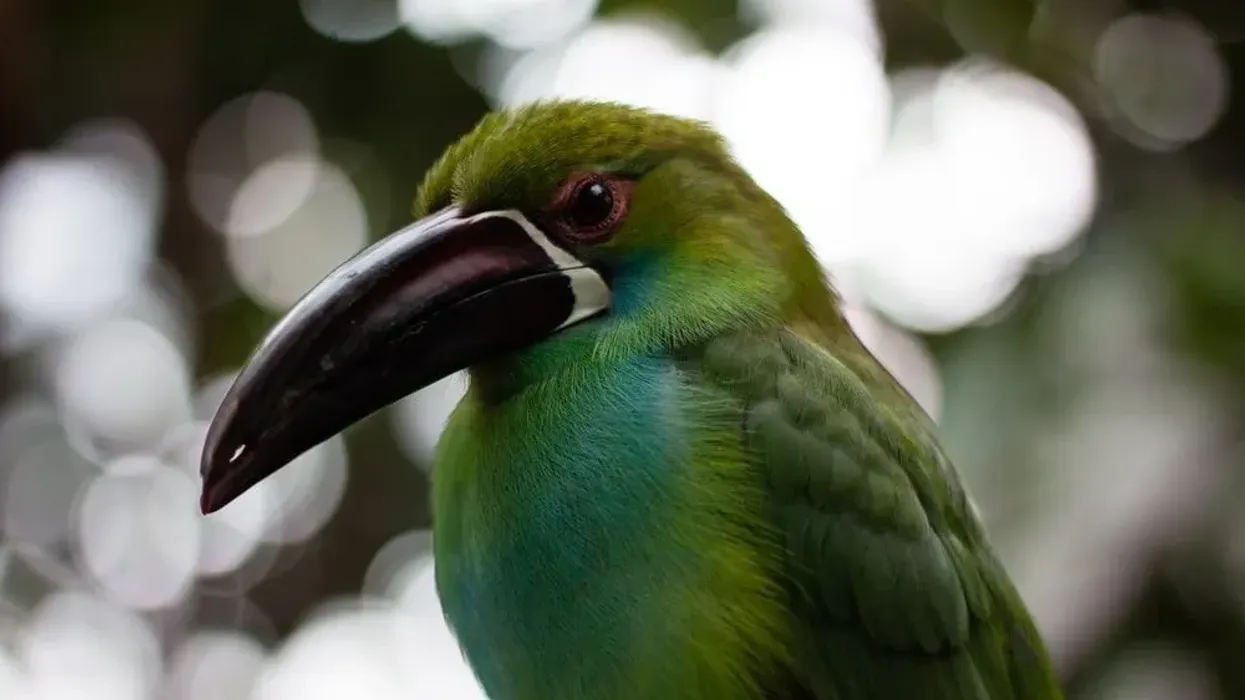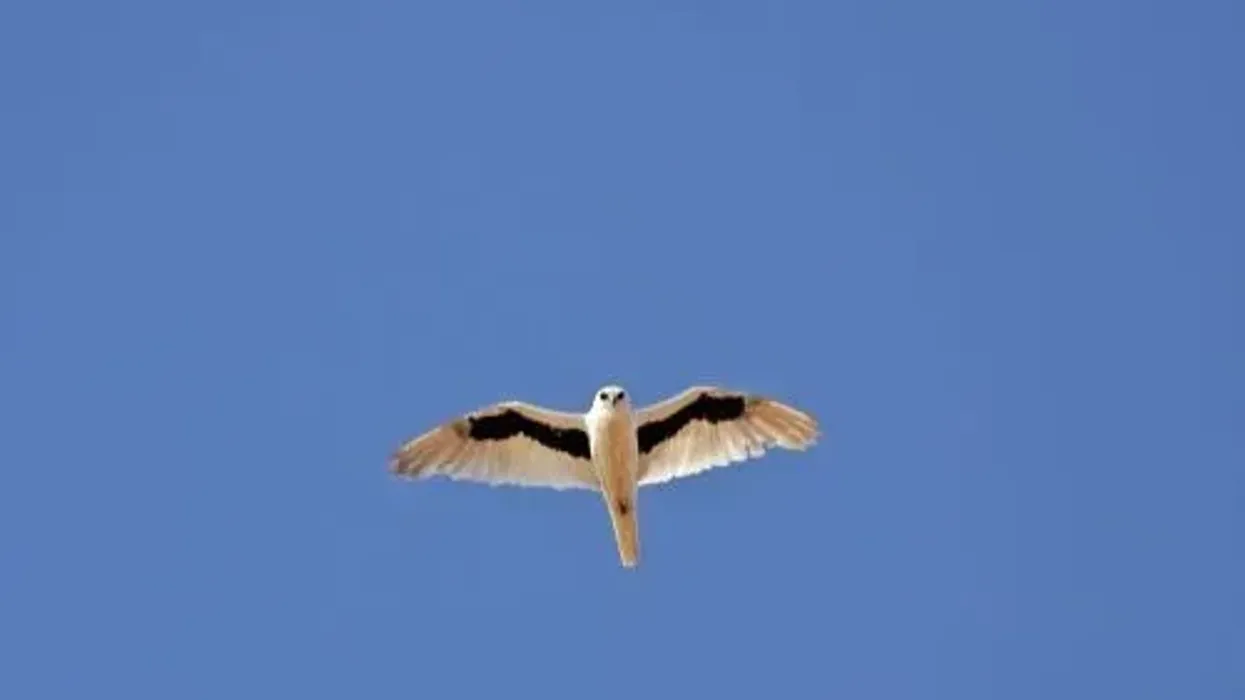The glaucous-winged gull (Larus glaucescens) is a large gull found in the coastal areas of the Pacific Northwest. They are one of the sea birds of North America, which often hybridize with other similar species such as the herring gull, western gull, and glaucous gull.
Larus glaucescens belongs to the order Charadriiformes (family Laridae), which is a group of birds popularly known as gulls, or seagulls. Being an omnivorous species, these North American birds feed on almost anything including fish, eggs, garbage, and even smaller birds.
If you like this article about the glaucous-winged gull (Larus glaucescens), you will also enjoy reading about the glaucous gull and the ring-billed gull.
Glaucous-Winged Gull Interesting Facts
What type of animal is a Glaucous-winged Gull?
The glaucous-winged gull is a large gull and a resident of the Pacific coast. They belong to the group of large seabirds, order Charadriiformes.
What class of animal does a Glaucous-winged Gull belong to?
Gulls, also known as seagulls, are a kind of bird, belonging to the class Aves. There are around 50 gull species, including the glaucous-winged gull, that are all members of the family Laridae.
How many Glaucous-winged Gulls are there in the world?
According to the International Union of Conservation of Nature and Natural Resources (IUCN), there is an estimated 570,000 glaucous-winged gulls in the world. Roughly 44% of this bird's population lives in Alaska. Studies show that there are relatively more hybrid species than purebred glaucous-winged gulls.
Where does a Glaucous-winged Gull live?
Glaucous-winged gulls are North American birds often found along with the coastal areas of the northern Pacific, from Alaska and the Aleutians to northern Washington state. During the winter, they travel southwards of the Pacific coast to Baja California and sometimes, to as far as eastern Hawaii.
What is a Glaucous-winged Gull's habitat?
Glaucous-wing gulls reside near bodies of salty or brackish water, usually along coasts, bays, estuaries, islands, and river mouths. They nest on small clear islands and sometimes even on top of buildings and other infrastructures. They also forage through rivers and bays when hunting for food, but would not go too far away from the mainland.
Who do Glaucous-winged Gulls live with?
Although they forage alone, glaucous-winged gulls are social creatures and often live in flocks with other gull species. They even like traveling with a large flock of seabirds to prey on concentrated schools of small fish. A flock of gulls can include thousands of individual seabirds. They are also referred to as a colony, squabble, flotilla, or scavenging.
How long does a Glaucous-winged Gull live?
Generally, gulls have a life span of around 20 years. The oldest glaucous-winged gull on record lived for almost 24 years.
How do they reproduce?
Glaucous-winged gulls often breed with other gull species in their colonies like the herring gull, western gull, and glaucous gull. Breeding season takes place around May to August.
At such time, adult birds usually re-pair with the same mate as they return to the same colony each year. The eggs are incubated for up to 28 days.
Baby glaucous-winged gulls take flight around 35-54 days after but only develop full adult plumage in their fourth year. At such a stage, they will be considered full-grown and ready to mate.
These seabirds actually make good parents, like most of the species in their family. The male and female are usually monogamous and take care of their eggs and raise their young together.
What is their conservation status?
The number of existing glaucous-winged gulls is said to be abundant and steadily increasing across the globe. Its conservation status is declared as of Least Concern by the IUCN and they have identified no major threat to the glaucus-winged gull's population.
However, in Alaska where 44% of its population live, glaucous-wing gulls are said to be declining and vulnerable. Researchers have warned of the possible adverse effects of climate change on its population and therefore seeking conservation attention for the species.
Glaucous-Winged Gull Fun Facts
What do Glaucous-winged Gulls look like?

Glaucous-winged gulls are large white seabirds with no notable physical difference between males and females. Similar to other gulls in Washington state, the young glaucous-winged gull would have darker brown plumage and will take four years to fully change into a pale gray and white color.
The non-breeding adult bird has a gray-blue mantle, pink legs, a white tail, and brown streaks on its white head. Their bill is very large and yellow with a red spot.
During the breeding season, the adult would have a pure white head and a light pink eye ring. Despite these features, identifying a glaucous-winged gull has been confusing because of their notorious hybridization with other similar species.
How cute are they?
With their pale gray and white plumage, glaucous-winged gulls may be quite dull on the eyes but some bird enthusiasts may still find them cute.
How do they communicate?
Glaucous-winged gulls exhibit a variety of calls and gestures to communicate. They are especially territorial when breeding and can be very flamboyant during courtship.
Baby birds make distinct soft 'kee ew' calls to call the attention of their parents and sometimes, the adult glaucous-winged gulls would mimic these sounds. Their behavior is very similar to other closely related species like the herring gulls and glaucous gulls.
How big is a Glaucous-winged Gull?
Male glaucous-winged gulls are found to be larger than females. On average, their body length can grow up to 24-27 in (61-69cm) and their wingspan can be as wide as 54 in (137 cm). It's actually close to the size of a black swan!
How fast can a Glaucous-winged Gull fly?
Seagulls are said to have a flight speed of 15-28 mph (24-45 kph). Glaucous-winged gulls travel long distances throughout the Pacific coast, especially during the winter.
How much does a Glaucous-winged Gull weigh?
The average weight of this bird species is 2lb (900 g), just as heavy as a regular pineapple!
What are the male and female names of the species?
There are no particular names for the male and female glaucous-winged gulls. Nonetheless, male birds are generally referred to as cocks and females as hens.
What would you call a baby Glaucous-winged Gull?
Like any other young bird, it is safe to call the glaucous-winged gull juveniles 'chicks' since there is no particular term for them. However, the hybrid offspring, which are very common, are called Olympic gulls.
What do they eat?
Glaucous-winged gulls are omnivores and will literally eat anything. They are opportunistic feeders that feed on a variety of food sources. With their large and strong bill, they can eat rabbits, pigeons, fish, insects, carrion, eggs, mollusks, and even garbage. Sometimes, they also prey on unattended young glaucous-winged gulls.
Are they dangerous?
Except when hunting for food, glaucous-winged gulls are not really aggressive and will only attack if provoked or threatened.
Would they make a good pet?
Due to their natural instincts and behavior, it is not ideal to have glaucous-winged gulls as pets. These birds are very sociable and would always prefer to flee to find a flock they can live with.
Aside from this, one would need to bring them to the water to exercise their weak legs. Previous pet owners have also shared how these birds can be very playful, with tendencies of stealing food and random items from people.
Did you know...
The glaucous-winged gull has the ability to drink both fresh water and saltwater, which is very rare among animals. By simply opening their bill, seagulls can flush the salt from their system by using a special pair of glands near their eyes.
How has the Glaucous-Winged Gull's diet been affected over time?
Sea otters are great mammalian predators and were found to have greatly affected the foraging strategies of glaucous-winged gulls. Sea otters would often prey on intertidal invertebrates resulting in the reduction of their population over time. As a result, glaucous-wing gulls adjusted their diet from intertidal invertebrates to fish.
Glaucous Gull vs. Glaucous-Winged Gull
The glaucous gull (Larus hyperboreus) is relatively larger than the glaucous-winged gull (Larus glaucescens). It is actually known to be the second-largest gull in the world, next to the great black-backed gull (Larus marinus).
The average weight of the glaucous gull is 4.4 lbs (2 kg) - that's about double the size of the glaucous-winged gull! The glaucous gull is a common inhabitant of the Arctic region, while the glaucous-winged gull is often found in North America.
Unlike the glaucous-winged gull, the glaucous gull has a very pale plumage with no black on either wings or tail areas. It takes four years for both species to completely enter adulthood, with the young developing a different plumage each year.
Here at Kidadl, we have carefully created lots of interesting family-friendly animal facts for everyone to discover! Learn more about some other birds including limpkin facts or Atlantic puffin facts.
You can even occupy yourself at home by coloring in one of our free printable Glaucous winged gull coloring pages.










